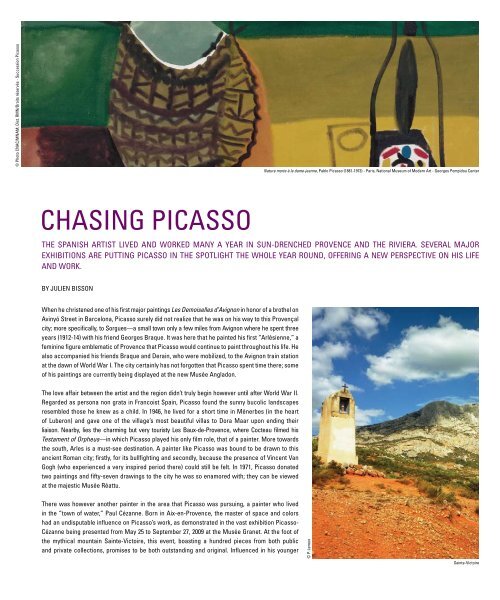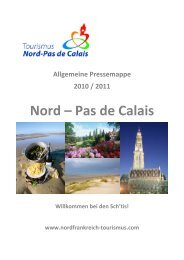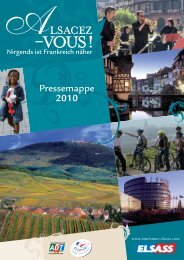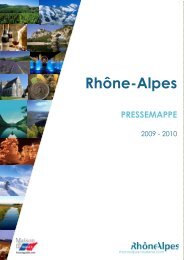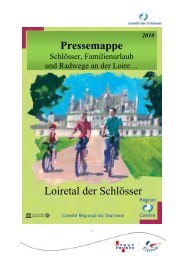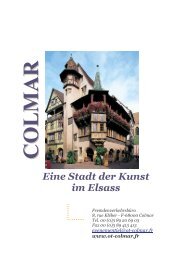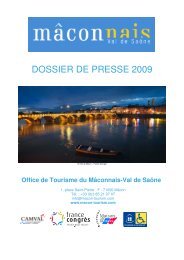Picasso Normandy Landings Leslie Caron Les Apéritifs Eco-Friendly
Picasso Normandy Landings Leslie Caron Les Apéritifs Eco-Friendly
Picasso Normandy Landings Leslie Caron Les Apéritifs Eco-Friendly
You also want an ePaper? Increase the reach of your titles
YUMPU automatically turns print PDFs into web optimized ePapers that Google loves.
© Photo CnAC/MnAM, Dist. RMn/Droits réservés - Succession <strong>Picasso</strong><br />
CHASInG PICASSO<br />
THE SPAnISH ARTIST LIvED AnD WORKED MAny A yEAR In Sun-DREnCHED PROvEnCE AnD THE RIvIERA. SEvERAL MAJOR<br />
ExHIBITIOnS ARE PuTTInG PICASSO In THE SPOTLIGHT THE WHOLE yEAR ROunD, OFFERInG A nEW PERSPECTIvE On HIS LIFE<br />
AnD WORK.<br />
By JuLIEn BISSOn<br />
When he christened one of his first major paintings <strong>Les</strong> Demoiselles d’Avignon in honor of a brothel on<br />
Avinyó Street in Barcelona, <strong>Picasso</strong> surely did not realize that he was on his way to this Provençal<br />
city; more specifically, to Sorgues—a small town only a few miles from Avignon where he spent three<br />
years (1912-14) with his friend Georges Braque. It was here that he painted his first “Arlésienne,” a<br />
feminine figure emblematic of Provence that <strong>Picasso</strong> would continue to paint throughout his life. He<br />
also accompanied his friends Braque and Derain, who were mobilized, to the Avignon train station<br />
at the dawn of World War I. The city certainly has not forgotten that <strong>Picasso</strong> spent time there; some<br />
of his paintings are currently being displayed at the new Musée Angladon.<br />
The love affair between the artist and the region didn’t truly begin however until after World War II.<br />
Regarded as persona non grata in Francoist Spain, <strong>Picasso</strong> found the sunny bucolic landscapes<br />
resembled those he knew as a child. In 1946, he lived for a short time in Ménerbes (in the heart<br />
of Luberon) and gave one of the village’s most beautiful villas to Dora Maar upon ending their<br />
liaison. nearby, lies the charming but very touristy <strong>Les</strong> Baux-de-Provence, where Cocteau filmed his<br />
Testament of Orpheus—in which <strong>Picasso</strong> played his only film role, that of a painter. More towards<br />
the south, Arles is a must-see destination. A painter like <strong>Picasso</strong> was bound to be drawn to this<br />
ancient Roman city; firstly, for its bullfighting and secondly, because the presence of vincent van<br />
Gogh (who experienced a very inspired period there) could still be felt. In 1971, <strong>Picasso</strong> donated<br />
two paintings and fifty-seven drawings to the city he was so enamored with; they can be viewed<br />
at the majestic Musée Réattu.<br />
There was however another painter in the area that <strong>Picasso</strong> was pursuing, a painter who lived<br />
in the “town of water,” Paul Cézanne. Born in Aix-en-Provence, the master of space and colors<br />
had an undisputable influence on <strong>Picasso</strong>’s work, as demonstrated in the vast exhibition <strong>Picasso</strong>-<br />
Cézanne being presented from May 25 to September 27, 2009 at the Musée Granet. At the foot of<br />
the mythical mountain Sainte-victoire, this event, boasting a hundred pieces from both public<br />
and private collections, promises to be both outstanding and original. Influenced in his younger<br />
Nature morte à la dame-jeanne, Pablo <strong>Picasso</strong> (1881-1973) - Paris, national Museum of Modern Art - Georges Pompidou Center<br />
© P. Leroux<br />
Sainte-victoire


